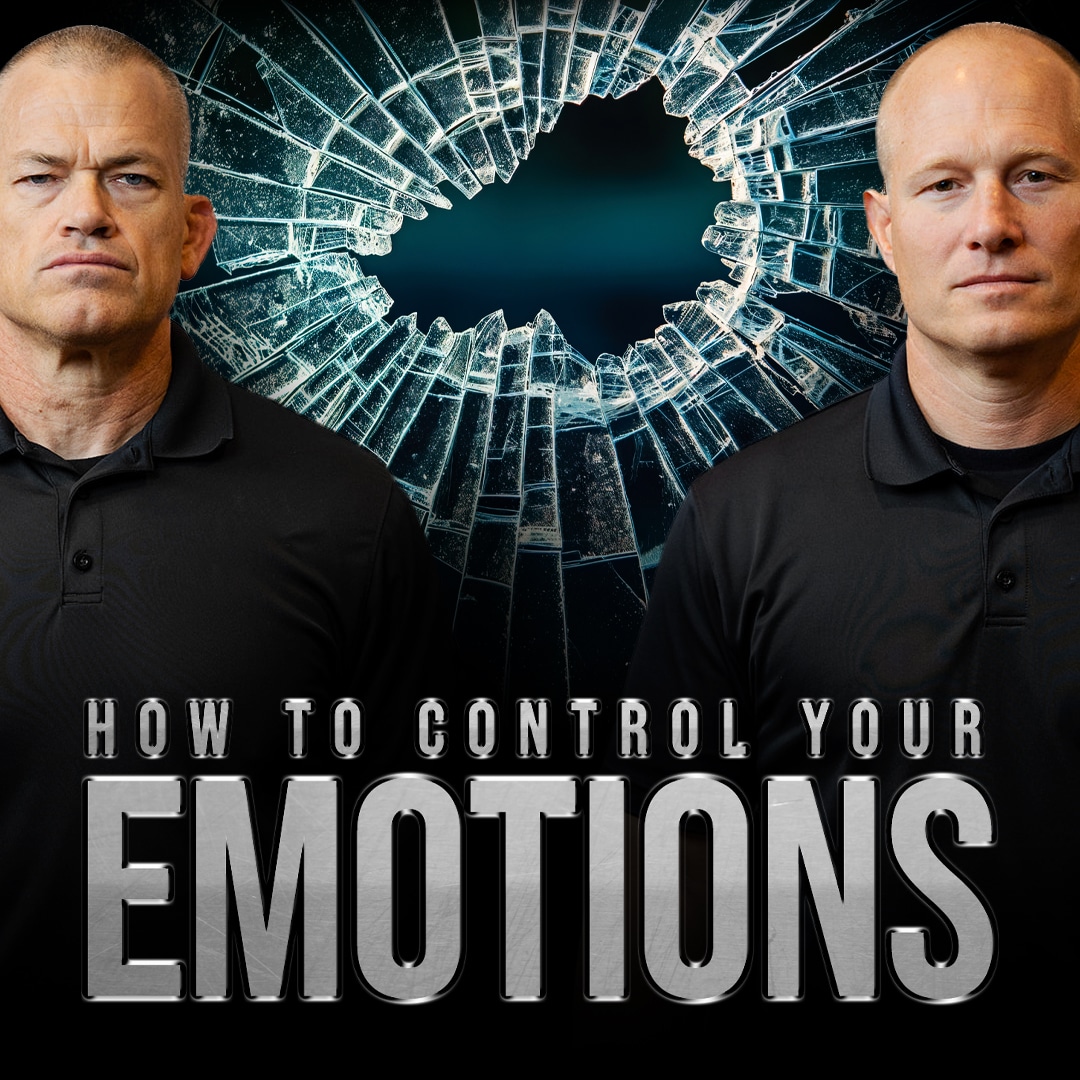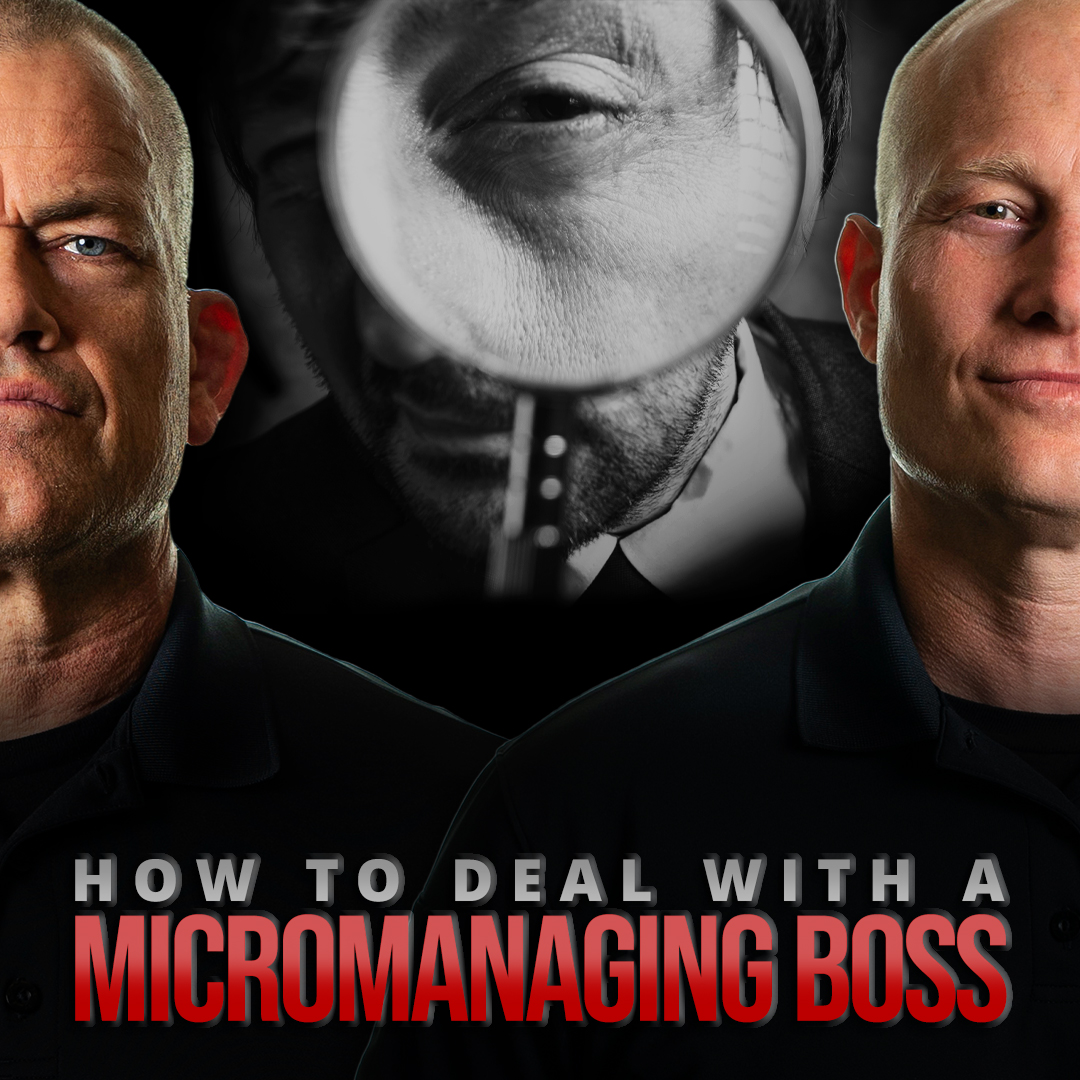To lead effectively, we need the ability to separate our decision-making from our emotions. By viewing situations without being swayed by our immediate emotional responses, we maintain clarity, focus on what truly matters, and make better decisions.
At Echelon Front, we teach that the ability to detach our emotions from our decision-making is so important that we refer to it as a “superpower”. It’s the key to implementing one of the four leadership Laws of Combat, Prioritize and Execute, because it allows us to maintain perspective and concentrate our efforts on what matters most. Unfortunately, our emotions, which are such an important part of us as human beings, blur our perspective and make it harder to know where to focus.
To be clear, detaching from emotions does not mean suppressing or denying them. Emotions enrich our lives and foster strong relationships. They are our experiences. They make us human. They aren’t right or wrong.
The issue isn’t our emotions, it’s what we do with them. Uncontrolled emotions, knee-jerk reactions or comments, or emotion-based decisions can lead us astray and harm the relationships we value most. While we often think of negative emotions such as fear, anger, and jealousy in these situations, positive emotions like joy, enthusiasm, and excitement can be just as blinding when it comes to maintaining an objective perspective. So, the question is, how do we control our emotions?
During a recent leadership training workshop, an attendee asked, “Cordell, I understand that I need to detach, but how do I do it?” This question strikes at one of the challenges people frequently have when working to improve their leadership—we grasp the theory, but how do we apply it in real life? How do we detach from our emotions to make thoughtful decisions?
Steps to Detach from Emotions
1. Detect
The first step in detaching our decision-making from our emotions is recognizing when we are in a situation likely to trigger an emotional response or, if we are already there, acknowledging that we are responding emotionally. Ideally, we can identify emotional situations proactively before our emotions fire up. We might know that certain topics, people, issues, or circumstances may trigger emotional reactions in us. In some cases, however, when we’re already feeling the emotional response, we might notice physiological reactions such as flushed skin, tensed jaw, tight shoulders, increased breathing, squinting eyes, speaking loudly, or speaking quickly. Whether proactive or “in the heat of it”, learning to detect and be aware of our emotions is the first step; the more we understand our emotions, their sources, and how different situations influence them, the better we will be at detecting them.
2. Delay
The second step is to delay our immediate urge to respond. For a moment, refrain from speaking. There will be time to articulate our thoughts, but whatever we might say in that first moment of emotional response is unlikely to be thoughtful. In that instant, our response is driven by emotion rather than rational thought. As human beings, in stressful situations, we are hardwired to have two primary emotional responses: fight or flight. While these responses are crucial in immediate physical, safety, or emotionally risky situations, most situations allow for a second of pause. So, delay for just a second. Don’t say anything unthoughtful that might dig you into an unintended position or action or, worse, harm the other person, the relationship, or your leadership credibility.
3. Deepen
The third step allows us to detach further and gain a broader perspective. Deepen our breathing. Sometimes one deep breath suffices, other times, we may need three. Deep breathing has a tangible calming effect on our brains and bodies. It relaxes our muscles, softens our expressions, and slows the perception of time, which makes our thinking clearer. This step allows us to form a response by providing more time to gain perspective and enable our brains to assemble thoughtful ideas rather than reactions.
4. Distance
Sometimes, even deep breathing isn’t enough to regain perspective, especially if the emotions are too strong or the context continues to influence us heavily. In such cases, we need distance – either time or space. We might need to say, “This is an emotional topic for me, I need to come back to this discussion in an hour, tomorrow, etc.” In extreme cases, creating physical space by stepping away can help. Whatever method we choose, creating distance allows us to detach from the emotional response and return to thoughtful decisions and actions based on an accurate perspective.
Debrief
Although not a tool for detaching from our emotions in the moment, the fifth step for improving our ability to detach is to debrief. Self-assessment is a critical aspect of learning, so finding time to reflect on those emotional situations we handled well, and those we didn’t, are opportunities to improve. It doesn’t have to take long, just answer three simple questions about the situation: What did I do well? What did I not do well? What will I do differently next time? When we add the self-assessment debrief to our habit pattern, we’ll be continuously improving our ability to detach and control our emotions.
Conclusion
Maintaining perspective and making thoughtful decisions are crucial leadership skills. By detecting our emotional triggers, delaying our immediate reactions, deepening our breathing, and sometimes creating distance, we can detach from our emotional responses and make better decisions. Whether in the heat of battle, the boardroom, or at home with family, detaching our decision-making and immediate responses from our emotions allows us to focus on what truly matters and act with clarity and purpose. By mastering this skill, we can lead more effectively, build stronger relationships, and navigate the complexities of life with greater resilience and wisdom.



